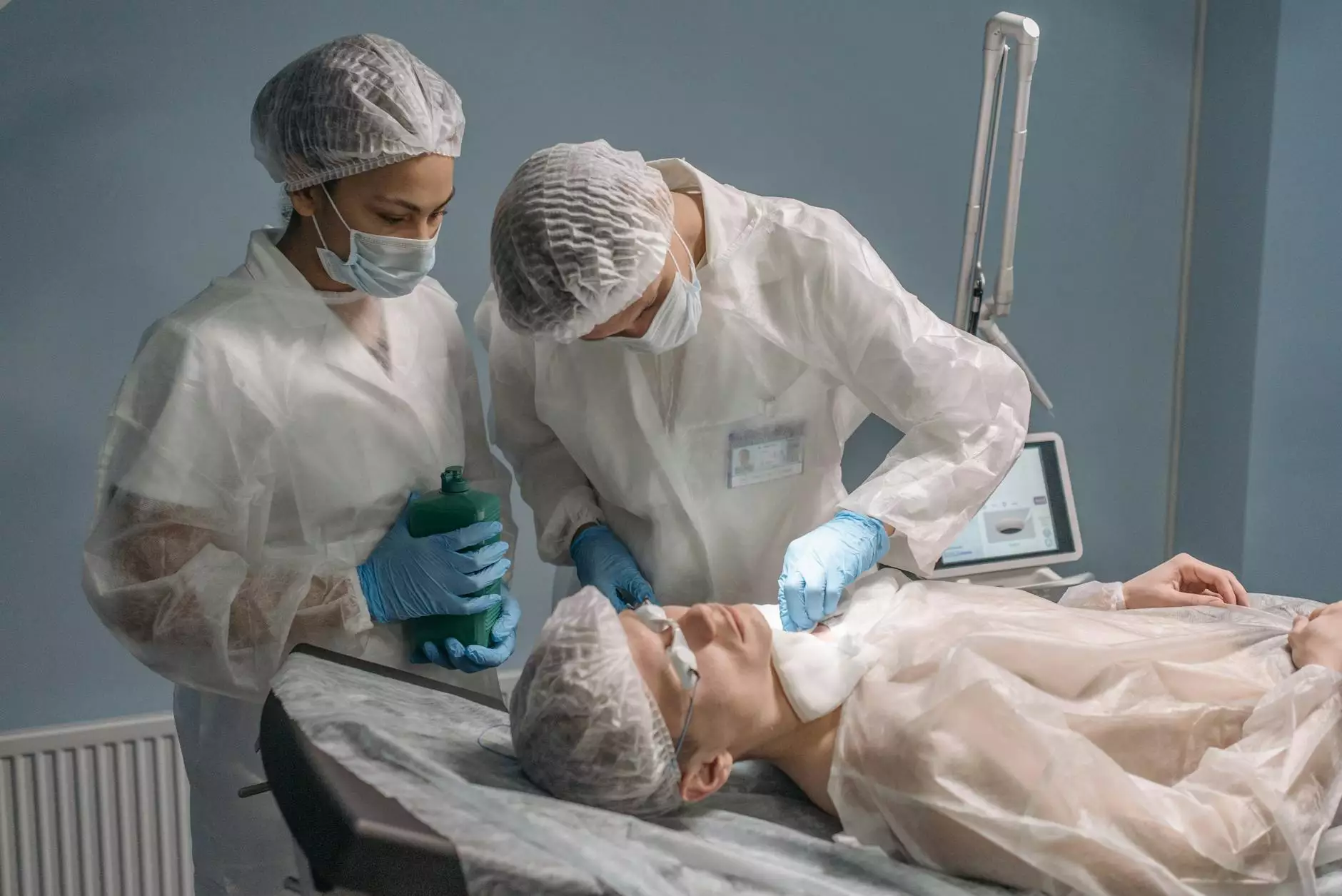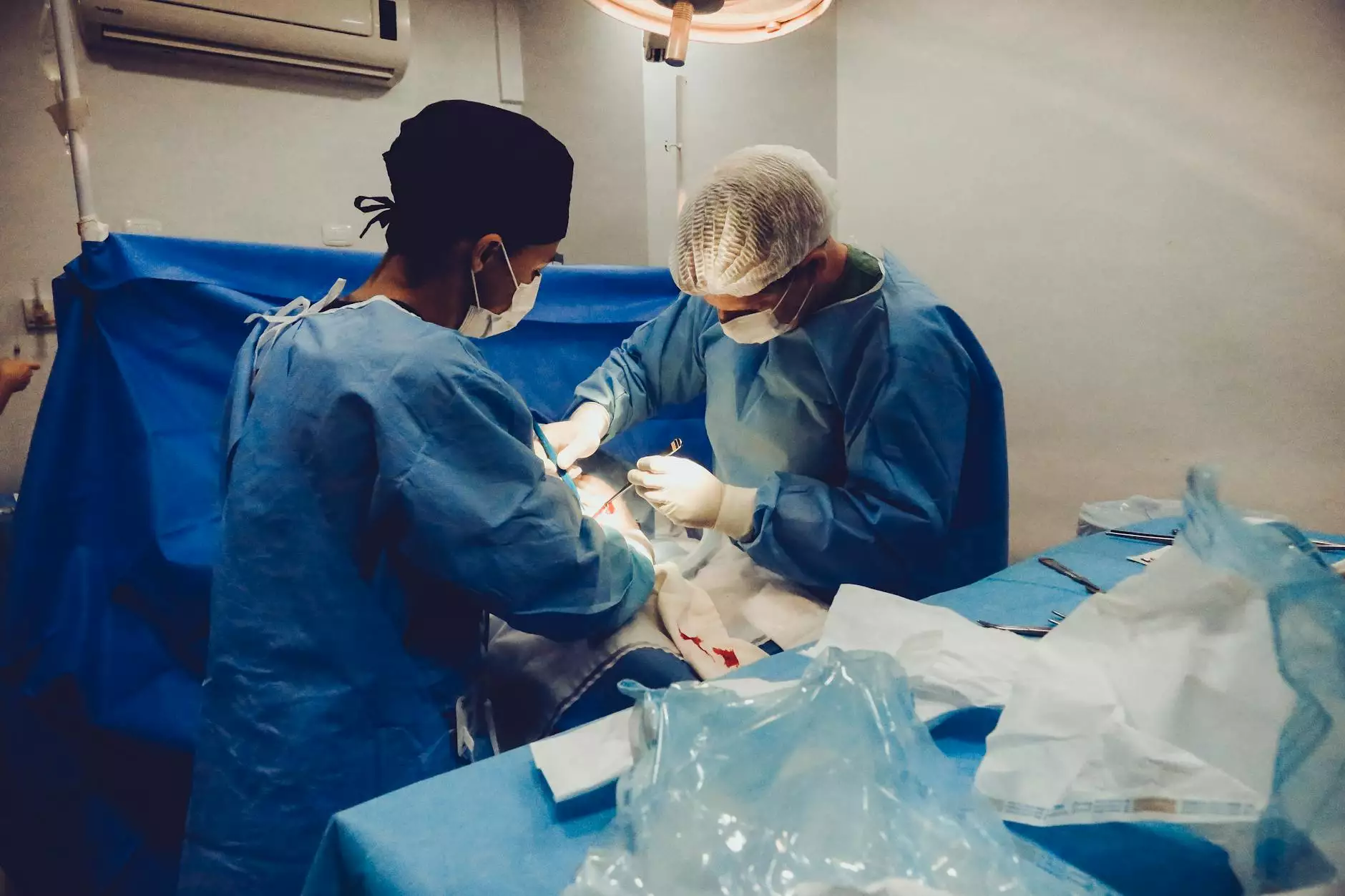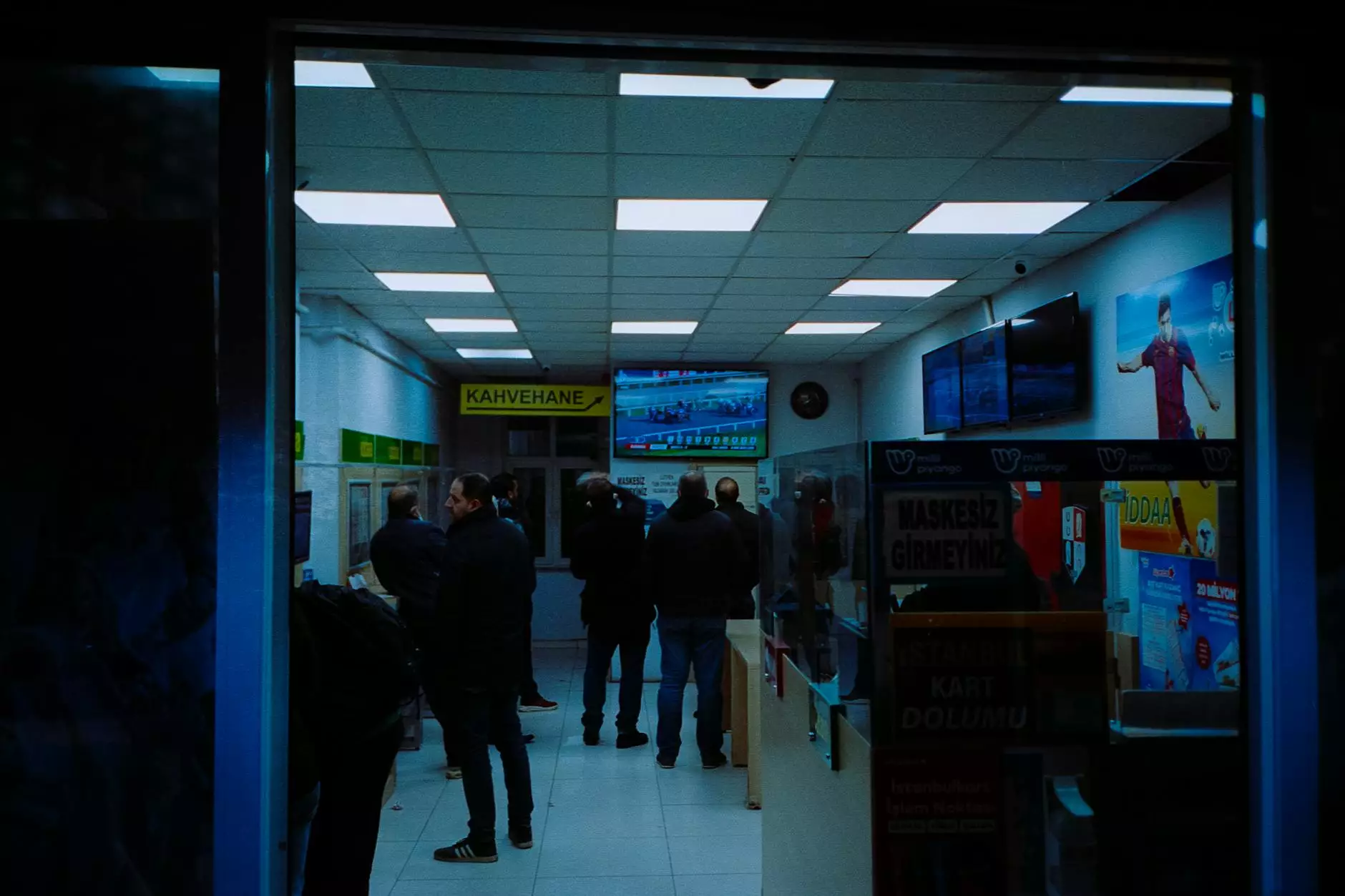Understanding VATS Lung Surgery: A Comprehensive Guide

VATS lung surgery, or Video-Assisted Thoracoscopic Surgery, is revolutionizing the field of thoracic medicine. This minimally invasive surgical technique offers numerous benefits over traditional open surgeries, significantly enhancing patient recovery times and reducing hospital stays.
What is VATS Lung Surgery?
Video-Assisted Thoracoscopic Surgery, commonly known as VATS lung surgery, is a technique that utilizes a small, lighted camera (thoracoscope) and specialized instruments to perform lung procedures through tiny incisions in the chest. Unlike traditional surgeries, which require larger incisions, VATS allows surgeons to access the lungs and pleura with minimal disruption to the body. This surgical method is used for various conditions, including:
- Lung Cancer
- Pleural Effusion
- Pneumothorax
- Biopsies of lung tissue
- Decortication of the pleura
Benefits of VATS Lung Surgery
VATS lung surgery comes with a plethora of advantages. Here are some key benefits:
- Minimally Invasive: Smaller incisions lead to less pain and quicker healing.
- Reduced Recovery Time: Patients often experience a faster recovery, enabling them to resume normal activities sooner.
- Less Pain: Patients generally report lower pain levels compared to traditional open surgery.
- Shorter Hospital Stays: Many VATS lung surgery patients go home within a day or two.
- Lower Risk of Complications: The minimally invasive nature reduces the overall risks associated with surgical procedures.
How VATS Lung Surgery is Performed
The process of VATS lung surgery involves several crucial steps:
- Preoperative Assessment: Before surgery, a comprehensive evaluation, including imaging studies and pulmonary function tests, is performed.
- Anesthesia: The procedure is typically done under general anesthesia.
- Incision and Insertion: The surgeon makes small incisions, usually 3-4, and inserts the thoracoscope and instruments.
- Surgical Procedure: The surgeon visualizes the lung and chest structures on a monitor and performs the required surgery with precision.
- Closure: Once the procedure is complete, the instruments are removed, and the incisions are closed with sutures or adhesive strips.
Risks and Considerations
While VATS lung surgery is generally safe, like any surgical procedure, it carries certain risks. These may include:
- Infection: As with any surgery, there is a risk of infection at the incision site or within the chest cavity.
- Bleeding: Although minimized, there is still a risk of bleeding during and after the procedure.
- Respiratory Complications: Depending on the patient's pre-existing lung condition, breathing difficulties may occur post-surgery.
- Damage to Surrounding Structures: There's a small risk of accidentally damaging nearby organs or tissues.
Who is a Candidate for VATS Lung Surgery?
Not everyone is a suitable candidate for VATS lung surgery. The decision is typically based on several factors:
- Type of Condition: VATS is often appropriate for specific lung diseases, particularly those diagnosed early.
- Overall Health: Patients should be in reasonable health, without significant comorbidities that would complicate surgery.
- Medical History: Previous lung surgeries or existing lung ailments may influence the decision.
The Role of Neumark Surgery in Providing VATS Lung Surgery
At Neumark Surgery, we pride ourselves on delivering top-notch, patient-centered care through advanced surgical techniques like VATS lung surgery. Our team of expert thoracic surgeons is dedicated to ensuring the best possible outcomes for our patients. Here’s how we stand out:
- Experienced Surgeons: Our surgeons have extensive training and experience in performing VATS lung surgery.
- State-of-the-art Facilities: We utilize the latest surgical technologies to ensure safety and efficiency.
- Comprehensive Care: Our multidisciplinary approach ensures that patients receive holistic preoperative and postoperative care.
- Patient Education: We prioritize patient knowledge and comfort through thorough discussions about the procedure and expectations.
Recovery After VATS Lung Surgery
Postoperative recovery can differ based on the individual and the extent of the surgery. Here’s what patients can generally expect:
- In-Hospital Recovery: Many patients stay in the hospital for 1-3 days, depending on their condition and the nature of the surgery.
- Pain Management: Pain control is actively managed with medication tailored to the individual's needs.
- Activity Restrictions: Patients may need to avoid strenuous activities for several weeks as they heal.
- Follow-Up Appointments: Regular follow-ups are necessary to monitor recovery and address any concerns.
Success Stories and Testimonials
Many patients have benefited immensely from VATS lung surgery. Here are a few testimonials from our satisfied patients:
"I was terrified at the thought of lung surgery, but thanks to the incredible team at Neumark Surgery, I felt secure and informed every step of the way. The recovery was faster than I anticipated!"
- Jane D.
"The VATS procedure was a game-changer for my lung issue. The minimally invasive approach meant I was back to my routine in no time!"
- Tom R.
Conclusion
In summary, VATS lung surgery stands out as a pioneering advancement in lung surgery, offering patients a safer, less painful alternative to traditional open surgery. With its numerous benefits—including reduced recovery times and lower complication rates—it is no wonder that more patients are opting for this innovative approach. At Neumark Surgery, our commitment to excellence ensures that each patient receives the highest level of care throughout their surgical journey. If you or a loved one is facing lung surgery, don't hesitate to explore the possibility of VATS as a viable option.
For more information about VATS lung surgery and to schedule a consultation, visit us at neumarksurgery.com.









